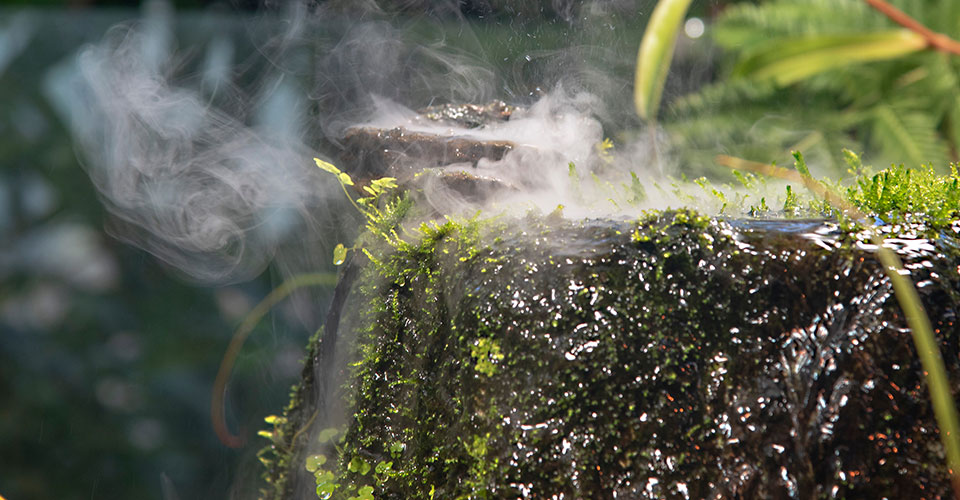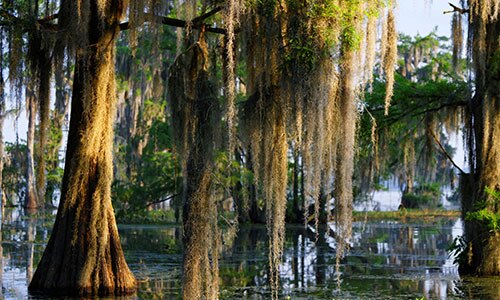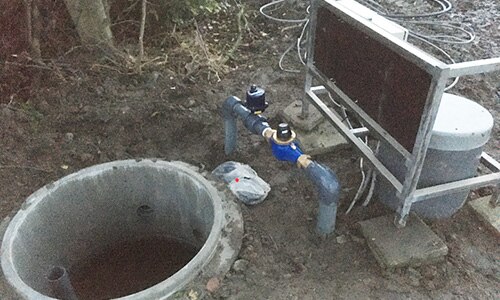
Taking an ecosystem approach to building water resilience
“When the well’s dry, we know the worth of water.”
- Benjamin Franklin
World Water Day is March 22, and 2022 is the year of groundwater. Although invisible to us, its impact is visible everywhere. It supplies drinking water, helps grow our food and is a key component of a healthy watershed. It is estimated that 30 percent of global fresh water is groundwater with the vast majority of the remaining fresh water existing as ice, including permafrost.1
Because there is a current gap in understanding groundwater usage and replenishment rates, Dow is working with The Earth Genome and Arizona State University in an effort to develop groundwater recharge assessment tools, which add groundwater data usage rates to overall watershed water supply-and-demand models. One such tool is the Groundwater Recharge Assessment Tool (GRAT™) developed by Sustainable Conservation and The Earth Genome, which helps agricultural water providers and Groundwater Sustainability Agencies (GSAs) maximize groundwater recharge opportunities. These tools will help give us insight into the most water- and cost-effective investments across the watershed.
Recognizing that water is a shared resource requiring shared action, Dow is working to advance water stewardship both within our own operations and at the watershed level. We believe the more we anticipate and plan, the more likely we’ll have the water we all need – even in a less-forgiving future.
Increasingly, we are taking an ecosystem approach to build water resilience in and around our most water-stressed areas. We have been working on increasing water efficiency within our facilities for decades. And we contine on that path today. But we also realize that working collectively, using nature-based solutions within a watershed can deliver great results – improving both water quantity and quality. Nature-based Solutions (NbS) are defined by the International Union for Conservation of Nature (IUCN) as actions to protect, sustainably manage and restore natural or modified ecosystems, which address societal challenges (e.g., climate change, food and water security or natural disasters) effectively and adaptively, while simultaneously providing human well-being and biodiversity benefits.2 We believe that NbSs are important efforts that complement conventional engineering solutions.
Among our actions, we are:



- image 3
- image 1
- image 2
Our efforts also align with two of our other 2025 Sustainability Goals: Valuing Nature and Leading the Blueprint, through which Dow seeks to create a community of practice around watershed stewardship efforts and inspire stakeholders to forge watershed collaborations.
Benjamin Franklin is credited with saying, “When the well’s dry, we know the worth of water.” We are taking action and building partnerships to address challenges of water, climate and nature. Protecting ecosystems will increase our resilience against a changing climate and help ensure safe, reliable, affordable and easily accessible water for everyone.
Andre Argenton, Chief Sustainability Officer and Vice President of Environment, Health & Safety
1 DOI: 10.1093/OBO/9780199363445-0053
2 DOI: https://doi.org/10.2305/IUCN.CH.2016.13.en
3 https://www.scientificamerican.com/article/todays-floods-occur-along-a-very-different-mississippi-river/?msclkid=d03815d8a91f11eca65cc966e9a6ecf3
4 https://www.nature.com/articles/s41597-021-01048-w?msclkid=5dcb240fa91f11eca3ba642001386ff1
5 https://www.mdpi.com/2073-4441/13/6/813/htm





